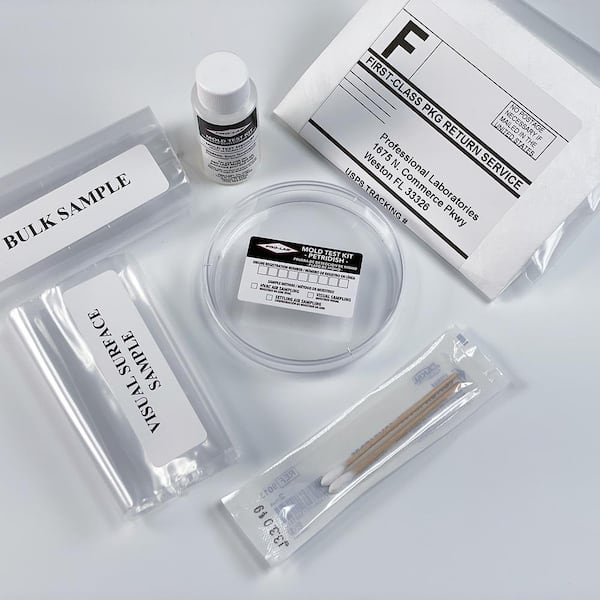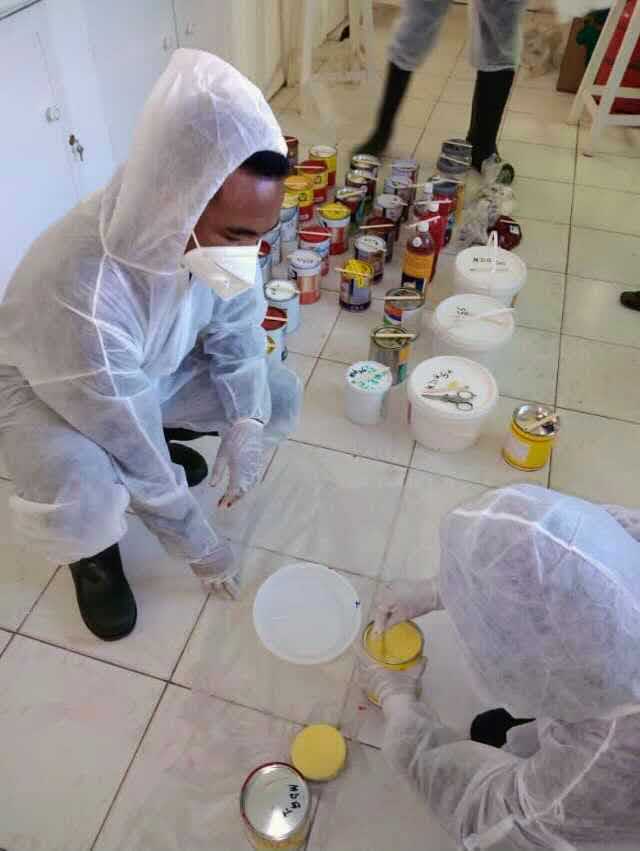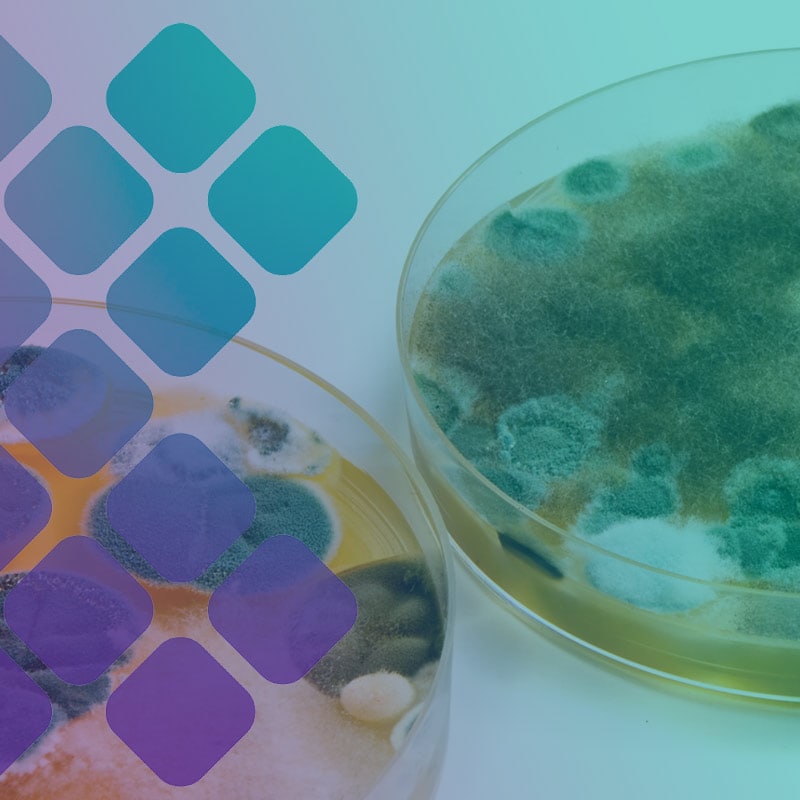The Requirement of Mycotoxin Examining in Agricultural Products to Make Certain Consumer Safety And Security
The need of mycotoxin screening in farming products is an important aspect of public wellness and safety and security that warrants comprehensive exam. Mycotoxins, harmful compounds produced by certain fungi, can infiltrate numerous crops, leading to significant health dangers for consumers, such as cancer causing impacts and body organ damage.
Recognizing Mycotoxins
Mycotoxins, hazardous additional metabolites produced by certain fungis, provide a significant danger to agricultural products and human health. These compounds are created by numerous varieties of molds, such as Aspergillus, Fusarium, and Penicillium, which can infect plants both pre- and post-harvest - Mycotoxin testing Services. The most usual mycotoxins include aflatoxins, ochratoxin A, fumonisins, zearalenone, and deoxynivalenol (DON)
Mycotoxin contamination can happen under certain ecological problems, such as high moisture and temperature level, which favor the development of mold and mildew. Agricultural items like grains, nuts, seasonings, dried fruits, and coffee are especially at risk. The presence of mycotoxins in these products can bring about substantial financial losses because of minimized crop yields and the necessity for rigorous screening and decontamination procedures.
Understanding the biochemical nature and formation of mycotoxins is necessary for establishing effective reduction strategies. Research study has revealed that mycotoxins show a series of chemical frameworks and properties, making detection and removal difficult. Advanced analytical strategies, consisting of chromatography and mass spectrometry, are used to recognize and quantify mycotoxins in agricultural items, making certain that contamination degrees continue to be within safe limitations established by governing bodies.
Wellness Dangers of Mycotoxins
Offered the considerable risks connected with mycotoxins in farming items, comprehending their impact on health is paramount. Mycotoxins, harmful secondary metabolites produced by fungi, pose severe risks to both human and animal health and wellness.
Acute mycotoxin poisoning, although less common, can cause severe and prompt health issue such as liver damages, intestinal disruptions, and hemorrhaging. Ochratoxin A, one more powerful mycotoxin, is connected to kidney damage and has prospective cancer causing results. Meanwhile, fumonisins, mostly influencing maize, are related to esophageal cancer and neural tube problems.

Common Resources of Contamination
Comprehending the usual resources of contamination is vital for effectively handling and reducing the threats presented by mycotoxins. Mycotoxins are poisonous additional metabolites produced by certain kinds of fungis, which can contaminate agricultural items at various phases of handling, manufacturing, and storage space. The primary resources of contamination include area problems, post-harvest handling, and storage atmospheres.
Field conditions play a significant duty, with aspects like climate, plant vulnerability, and dirt health and wellness influencing fungal growth. Crops such as corn, peanuts, wheat, and tree nuts are particularly susceptible to mycotoxin-producing fungi like Aspergillus, Fusarium, and Penicillium types. Poor crop turning and inadequate pest management can aggravate the threat of contamination.
Post-harvest handling is an additional essential phase where contamination can happen. Mechanical damage during harvesting and transportation creates entrance factors for fungis, while inappropriate drying out strategies can leave dampness levels high enough to learn the facts here now sustain fungal development.
Storage space settings add dramatically to contamination dangers. Badly maintained storage space centers with high moisture and temperature degrees create perfect conditions for mycotoxin production. Normal inspections and correct storage space problems are necessary in curbing this hazard.
Mycotoxin Checking Techniques
Efficient monitoring of mycotoxin contamination hinges not only on recognizing potential resources however additionally on implementing durable testing approaches to discover these damaging compounds. Mycotoxin testing methods can be generally classified right into chromatographic and immunochemical strategies.
On the various other hand, enzyme-linked immunosorbent assay (ELISA) and lateral circulation assays project immunochemical approaches. ELISA, particularly, is widely used because of its cost-effectiveness, simplicity of usage, and fast turn-around time. Lateral circulation assays supply quick, on-site testing capacities, making them appropriate for field applications where immediate decisions are essential.
Additionally, developments in molecular biology have introduced PCR-based methods efficient in discovering mycotoxin-producing fungis at genetic levels, providing a predictive method to contamination risk. Incorporating these diverse techniques boosts the dependability and comprehensiveness of mycotoxin detection, making certain that agricultural items fulfill security requirements and securing consumers from possible health threats.
Benefits of Regular Examining

Regular mycotoxin testing offers significant benefits that dramatically bolster farming security and top quality. Among the key advantages is the security of consumer health. Mycotoxins, hazardous substances generated by certain fungi, can infect food and position serious health threats, consisting of cancer cells and severe poisoning. Routine testing ensures that polluted items do not get to consumers, consequently alleviating wellness threats.
Additionally, constant screening aids in preserving the stability and credibility of farming producers. By rigorously checking and regulating mycotoxin degrees, producers can avoid expensive recalls and legal repercussions. This not just guarantees compliance with rigorous worldwide safety criteria however likewise fosters customer count on and loyalty.

Verdict
The requirement of mycotoxin testing in farming products is highlighted by the considerable wellness risks posed by these toxic substances. It enhances the reputation of additional info producers and fosters count on within the agricultural supply chain, inevitably safeguarding public wellness.
The necessity of mycotoxin testing in farming products is a crucial facet of public health and wellness and safety go to website and security that necessitates complete exam. Mycotoxins, toxic substances created by certain fungis, can infiltrate different plants, leading to significant health risks for consumers, such as carcinogenic impacts and organ damage.Mycotoxins, poisonous second metabolites created by particular fungis, present a substantial danger to agricultural items and human health and wellness.Offered the considerable dangers associated with mycotoxins in farming items, understanding their effect on wellness is paramount (Mycotoxin testing Services).The requirement of mycotoxin testing in agricultural items is emphasized by the substantial health risks positioned by these toxic compounds